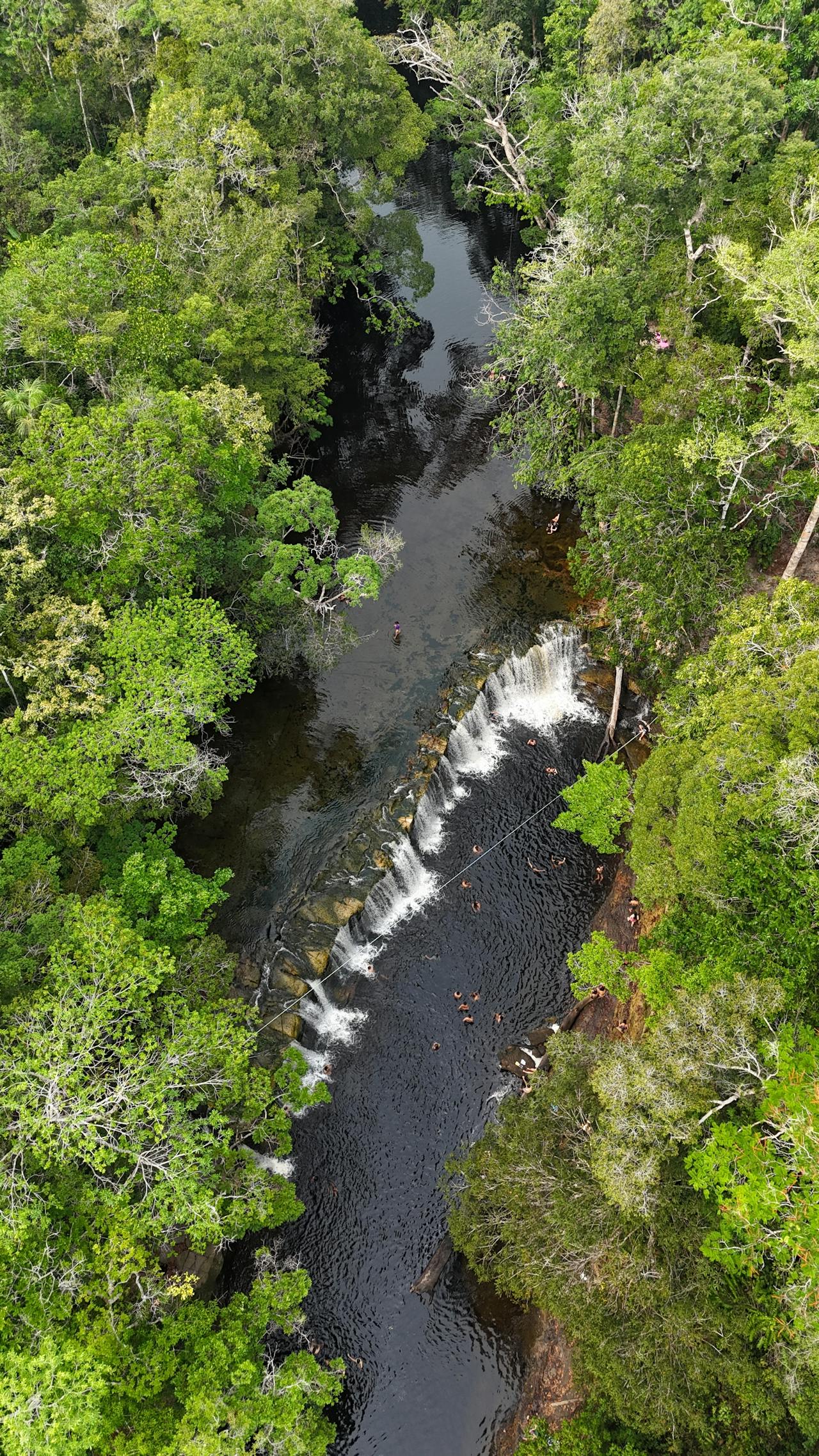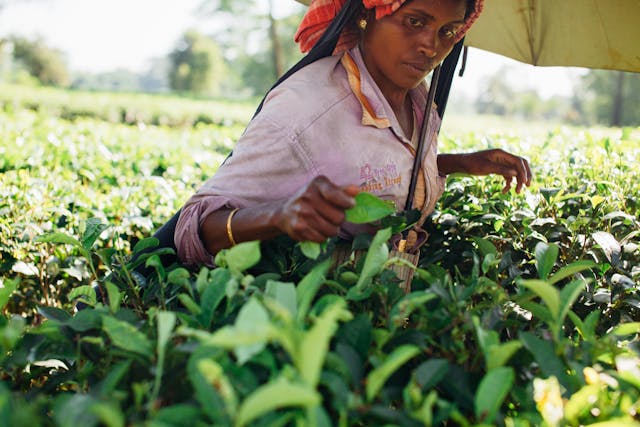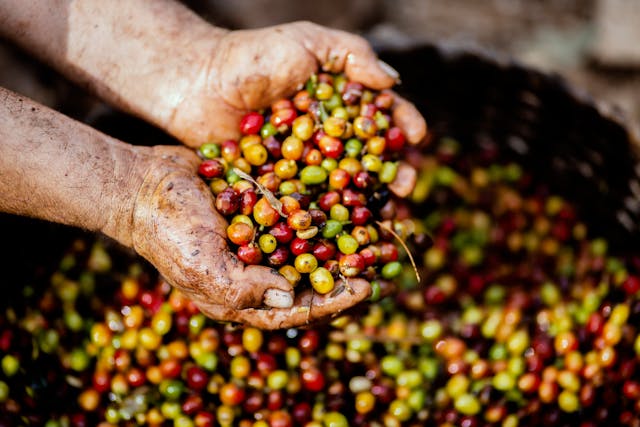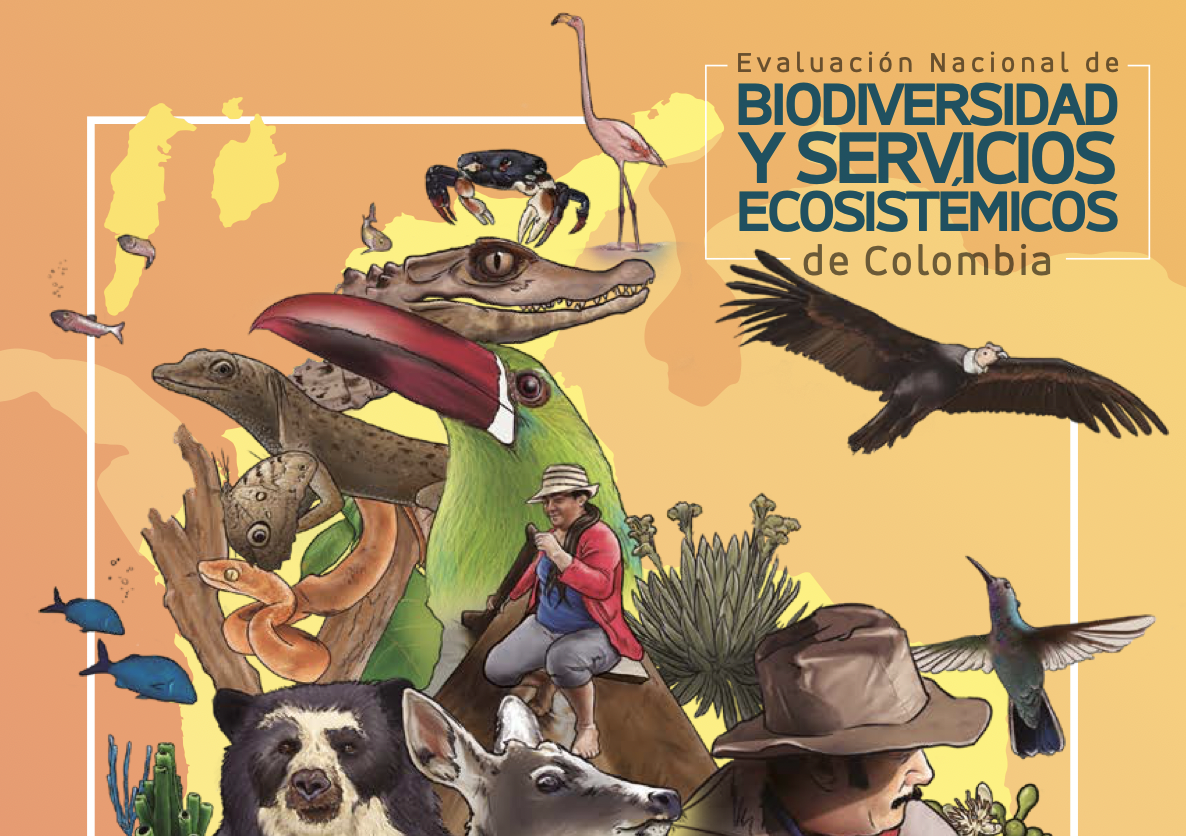This paper combines methodological discussion and scientific analysis to convey the results of an effort by the Gitga’at First Nation and academic partners to construct an acoustic baseline in Gitga’at Territory (aka. British Columbia, CA). Between June 2013 and 2014, we collected 257,327 field recordings from eight sites as part of the Gitga’at Ecological and Cultural Monitoring Program. Our goals were: (1) to develop an acoustic baseline in a portion of Gitga’at Territory prioritized by local decision-makers, (2) to advance Gitga’at research capacity through the collaborative and reflexive structure of our approach. We argue that reorienting ecological knowledge production as praxis-based “Street Science” benefits resource management, as well as academic and local community interests. Gitga’at oral histories (adawx), and laws (ayaawx) guided our application of soundscape ecology, including our use of the normalized difference soundscape index (NDSI). Our results suggest Gitga’at Territory is a diverse acoustic-ecological space with numerous site-specific features. Significant differences were found between recording sites, with the greatest amount of biological activity noted in June and July. We also found that the frequency and intensity of anthropogenic noise (i.e., technophobe) in the Territory are currently very low, suggesting a low degree of anthropogenic disturbance. We conclude that soundscape ecology is well-suited for collaboration with indigenous communities, provided it is ‘attuned’ to the complex terms of engagement that constitute cross-cultural research.
Collaborative research praxis to establish baseline ecoacoustics conditions in Gitga’at Territory
Year: 2016

































































































































































































































































































































































































































































































































































































































































































































































































































































































































































































































